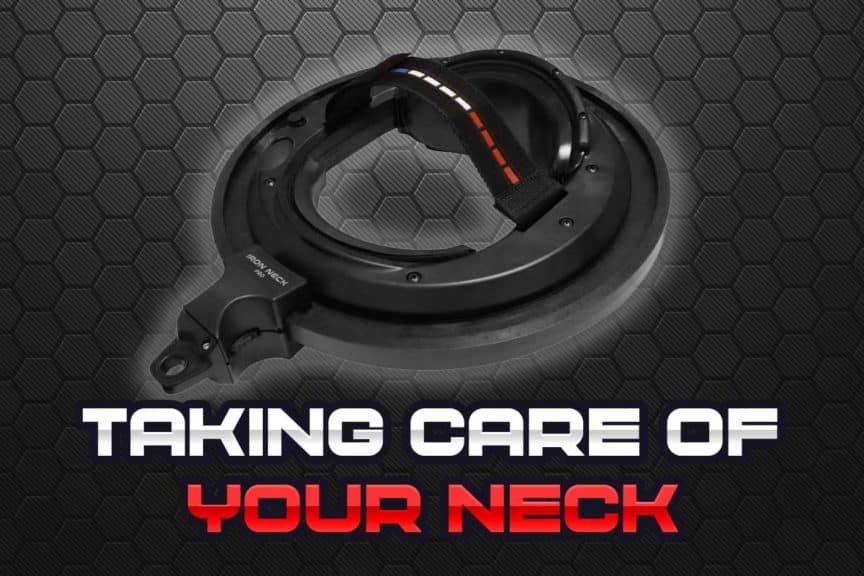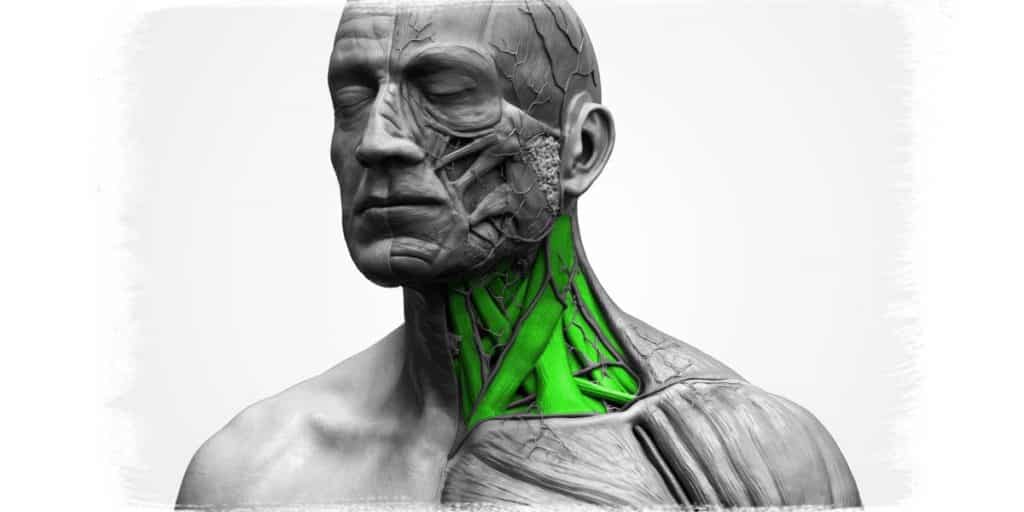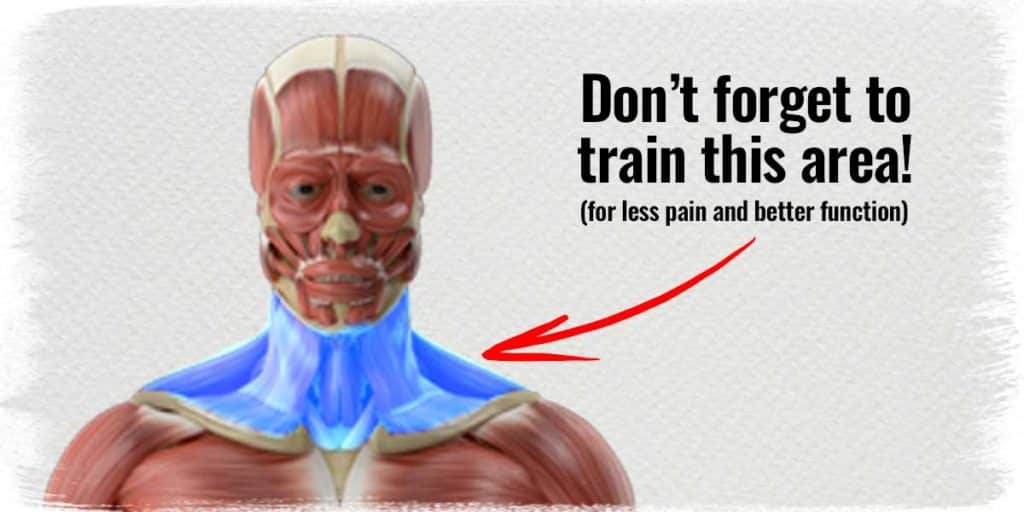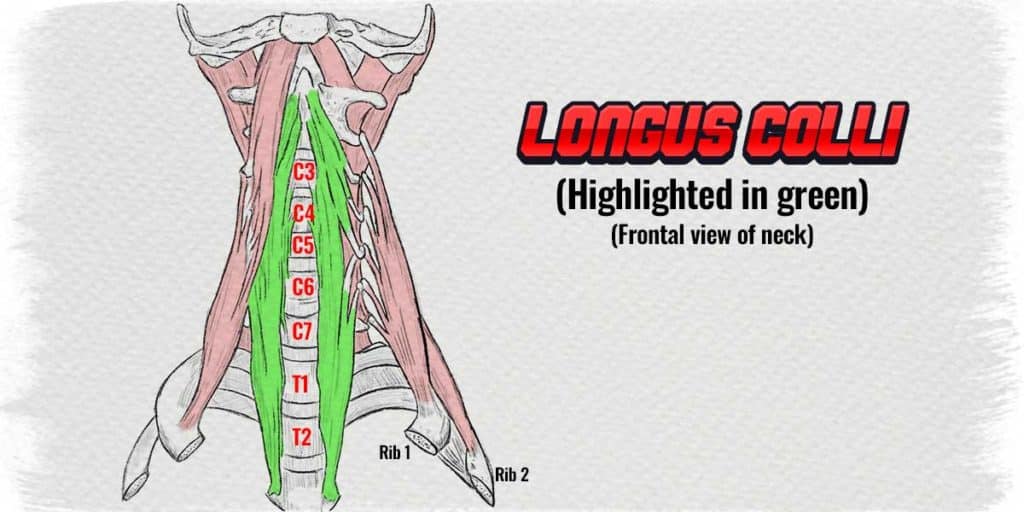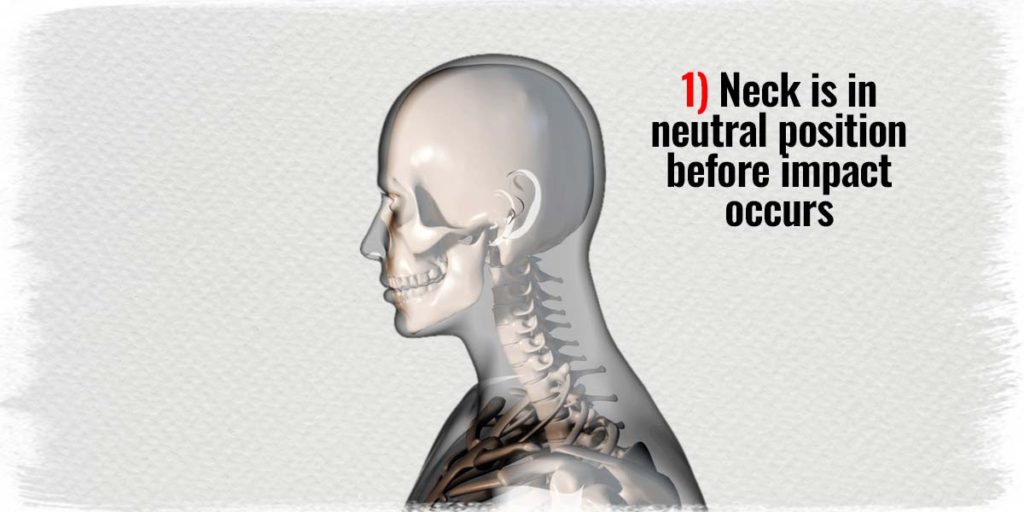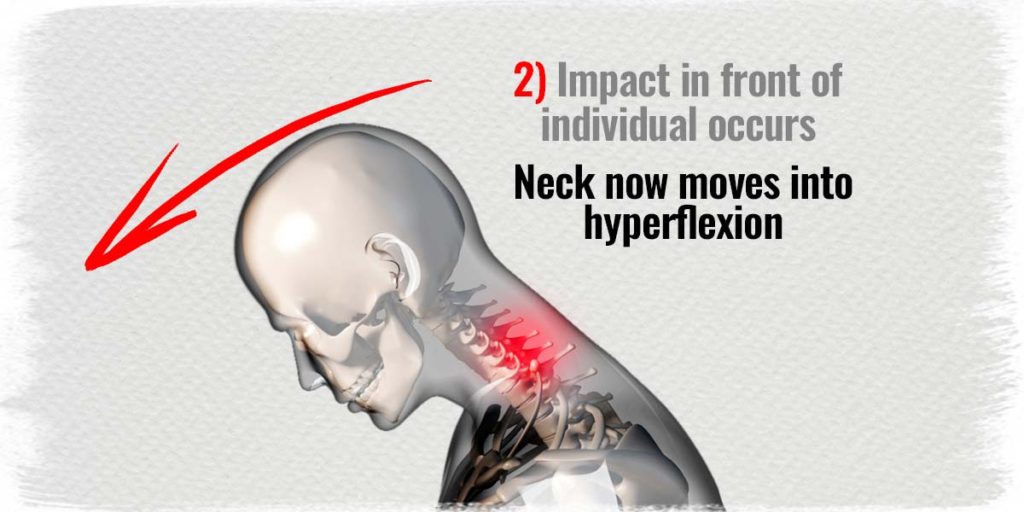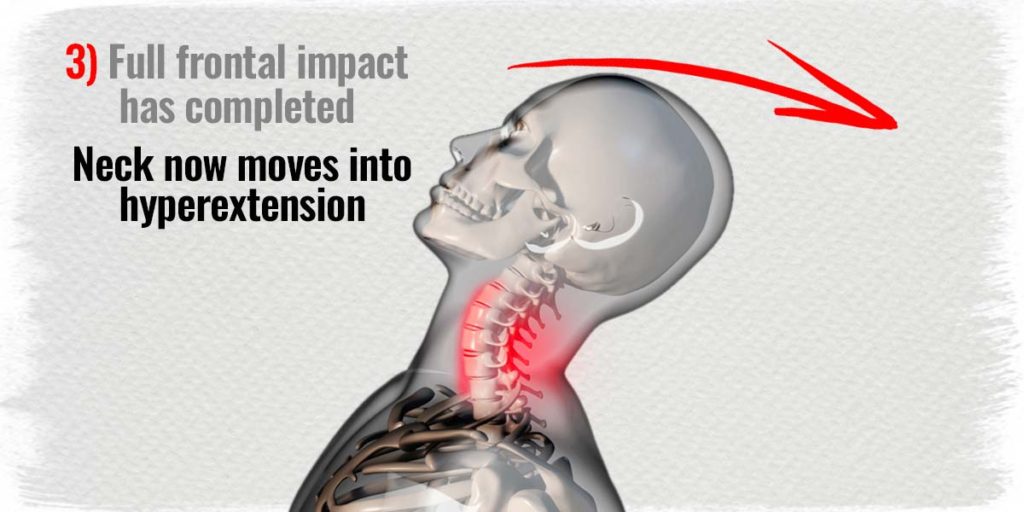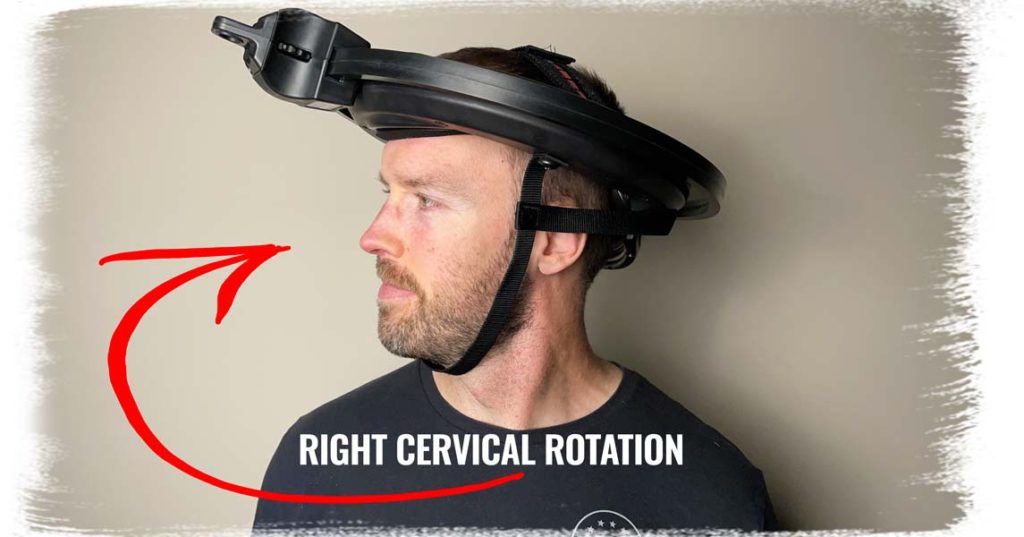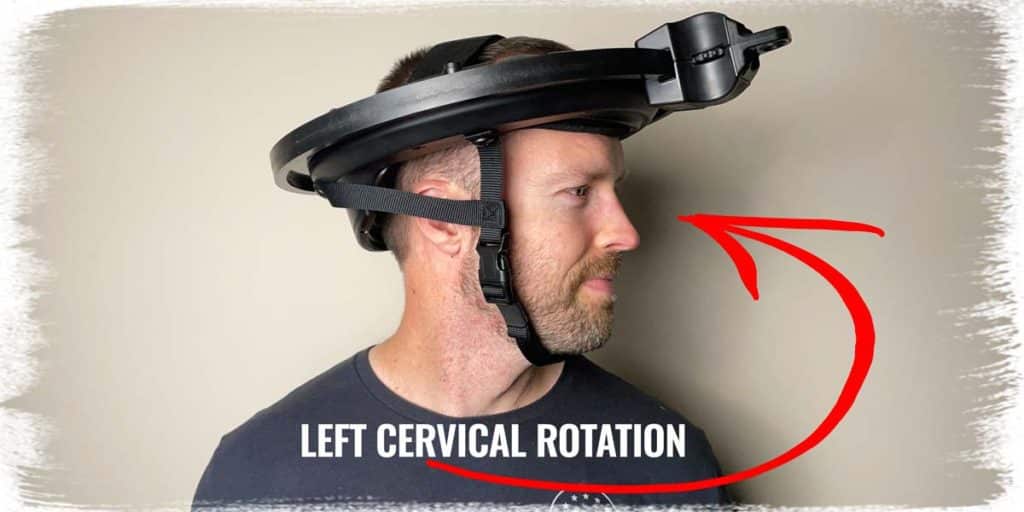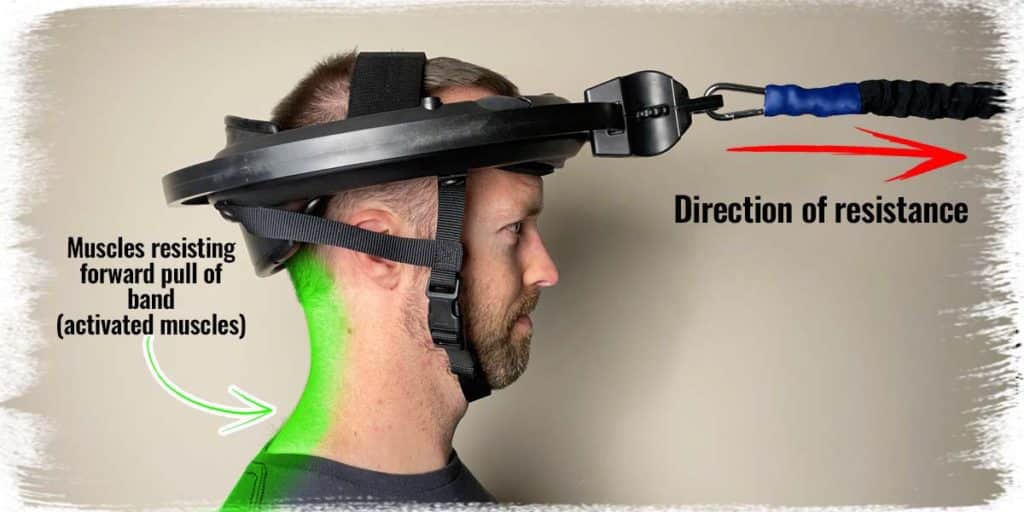Plenty of people online, be it those with healthy or injured necks, wonder if the Iron Neck is a worthwhile investment. And this is a justifiable question to have; money is precious, and no one wants to spend hard-earned cash on anything that is a gimmick or doesn’t promise what’s advertised.
While no single product is suitable for everyone, the Iron Neck is a worthwhile investment for those serious about preventing neck pain and injuries or rehabbing specific neck issues. The cost-benefit ratio is highly favorable when considering all that the Iron Neck has to offer.
The intent of this article is not to vehemently push you towards parting with your hard-earned money but rather to enlighten you towards unique factors that can potentially make purchasing the Iron Neck the right move for you to make.
ARTICLE OVERVIEW (Quick Links)
Click/tap on any of the following headlines to instantly jump to that section of the article
• Reason 1: Prevention is better than any cure
• Reason 2: What we know about neck injury & muscle dysfunction
• Reason 3: Unparalleled multiplanar strengthening
• Reason 4: Cost of the device vs. cost of repeated treatments
• Reason 5: High build quality (built to last)
Nothing is better than having peace of mind knowing whether or not you’re making a wise purchase. And while there are plenty of times and reasons as to when purchasing a product such as the Iron Neck may not be the right move for you to make, this article will focus on some relatively common reasons that may signify that the purchase will indeed be worth it for you.
Also, If you’re looking for a detailed review about the various aspects of the Iron Neck (build quality, cost-benefit ratio, comfort, etc.,) then be sure to check out my in-depth review: The Iron Neck: The ULTIMATE Review From A Physical Therapist, where I break down all of the strengths, weaknesses, and everything else you likely want to know about the Iron Neck, all presented through the lens of a physical therapist (DPT) & strength and conditioning specialist (CSCS).
Disclosure statement: Iron Neck sent me their Iron Neck Pro at no charge after I contacted them, requesting the opportunity to review their product. I have not been compensated through any monetary means, and all opinions in this article are my own. I am here to serve those in pain and who have a genuine interest in living stronger, healthier lives. What follows are honest reasons why I genuinely believe that the Iron Neck can be a worthwhile investment for many individuals. As of January 2022, I have an affiliation with the Iron Neck Company, as I have been thrilled with their Iron Neck Pro and the company as well.
If you would like to purchase any Iron Neck products, please consider using this link that takes you to the Iron Neck website. I receive a small commission on any purchases made at no extra cost to you! I use these commissions to offset the costs of running this website and to continually enhance the quality of content I can provide.
Reason 1: Prevention is better than any cure
As a practicing physical therapist (DPT) and veteran strength & conditioning specialist (CSCS), I abide by three simple rules, and I tell all of my patients and athletes to do the same. The rules are:
- Prevention is better than any cure
- Never let minor issues become major issues
- When in doubt, seek appropriate help
The fact of the matter is that whether you’re an everyday, average Joe or a high-level athlete in physically demanding sports such as MMA and football, an ounce of prevention is truly worth a pound of cure.
I rehabilitate neck injuries all day long in the clinic where I work. These injuries range all the way from whiplash-associated disorder (WAD) from motor vehicle accidents to sporting-based injuries to general deconditioning and degeneration of the neck.
While not all of these conditions could ever be entirely prevented, the fact of the matter is that the stronger and healthier the various muscles and tissues of the neck and shoulder are before an injury, the more resilient they will be towards the forces and demands that are imposed on them when the injury-event takes place.
What’s more, healthy tissues have a higher propensity to heal much more quickly and thoroughly when they’re injured than those that are deconditioned when injured.1 This is the exact reason why patients who are preparing to undergo various types of surgeries (such as orthopedic surgeries like total hip replacements) are often placed on general strengthening programs a couple of months before they go under the knife.
The scientific literature is clear that the healthier that one’s body is before an injury, the better one’s prognosis for recovery and reduced likelihood for chronic pain.2–4
If you’re someone who is at an increased risk for neck strain or injury, investing in an Iron Neck can make some rather legitimate sense from a preventative standpoint.
Neck injuries can’t always be prevented, but the healthier your neck is before it sustains an injury, the less severe the damage is likely to be in nature, and the quicker the recovery process will likely be after that.
If your neck is in otherwise great shape, keeping it that way is a smart move to make. And if you’re someone who has a neck with some aches, pains, previous or current injury, investing in an Iron Neck can be a wise step to take when following through on and abiding by rule number 2: Never let minor issues become major issues.
Common mistakes that healthy individuals make
You wouldn’t think it a wise idea to sit on the couch all winter long, not exercising one single time and then immediately hit the gym for three intense hours on the first day of spring. No doubt, your joints, tendons and muscles would be screaming in agony shortly thereafter due to the extreme demand they just underwent after months of deconditioning.
Unfortunately, this is precisely what we do with our necks; we neglect our neck strength and mobility year-round and then put it through intensive demands, only after that to wonder why our necks are chronically sore, tight and painful.
You may not think it, but the neck is intricately related to shoulder function and mid-upper back function. While the neck, shoulder and mid-back are all anatomically separate regions & structures of the body, they are intricately intertwined with movement, with each part directly or indirectly influencing the others.
Anytime you are participating in a sport or activity that involves movement of the upper body, you’re placing some sort of demand onto or through the cervical spine and its associated musculature.
Swinging a bat or a golf club? The upper body rotation involved in the movement carries on up through the neck AND is also influenced by what the neck can tolerate in terms of movement and strength. You may not notice it, but any movement scientist or biomechanist will tell you that the performance of such upper body movements can not only be significantly impacted by the neck itself, but they can subsequently directly impact the neck as well.
The same holds true for those who aren’t athletes but rather participate in various activities of daily living.
As an example: spending the weekend gardening or painting the shed? The constant positions that you’re holding your neck in (looking down for gardening or looking up for painting) will impose a high demand onto your neck muscles for holding these positions for prolonged periods. Combine these positions with the continual shoulder movement (which can influence your neck) you’ll be required to produce for digging or painting, and your neck may be getting put through the wringer. (It’s remarkable just how many patients I treat in the clinic for neck pain due to scenarios such as these).
The bottom line: The neck is intricately intertwined with the function of the shoulder and mid-upper back. Unfortunately, the neck and its surrounding musculature are often neglected and never given a second thought when it comes to maintaining adequate strength and function. As a result, pain and dysfunction of cervical muscles often result whenever we participate in activities that make heavy use of the shoulders, mid-upper back or prolonged positions. So, give your neck the attention and love it deserves when it comes to strength and function.
Reason 2: What we know about neck injury & muscle dysfunction
If you’re not an anatomy and injury geek like I am, it may come as a surprise to you with just how much research has been done on neck injuries and overall neck health following injury.
While range of motion can gradually return on its own after a neck injury, there is substantial amounts of scientific evidence that shows how musculoskeletal dysfunction of the cervical muscles and cervical joints can remain long after an injury has taken place.5–8
Much of this lingering dysfunction can lead to issues involving chronic neck pain. When the various muscles of the neck aren’t functioning correctly (due to a lack of strength, mobility or motor control), it can wreak havoc on the cervical spine and the movements it produces.
Pro tip: The Longus Colli muscle is a muscle situated deep in the front of the neck. Its functions are to flex the head and neck and to assist with overall neck stability. It is widely studied in literature and has been found to often become dysfunctional after neck injuries such as whiplash.7,9,10 When it comes to strengthening this muscle, the Iron Neck can do so in rather effective ways.
Whiplash-associated disorder (WAD) is notorious for causing cervical musculature dysfunction, which can lead to muscular weakness and pain. This disorder, which is most common after motor vehicle accidents (MVA’s), is what I treat most often in the clinic when it comes to implementing the Iron Neck into components of their rehabilitation.
Thankfully, there is plenty of scientific evidence that shows that appropriate neck strengthening regimens can help improve neck function and reduce pain.11,12 Read the next tip for knowing how the Iron Neck can uniquely strengthen neck muscles in a particular way that no other home device effectively can.
Improving mobility
It may surprise many individuals that a lack of adequate strength can result in impaired mobility. Joints in the neck can be hypomobile or restricted for a variety of reasons. One of many potential reasons can come from muscle dysfunction. If muscles do not possess adequate strength to produce movement, range of motion can only go as far as what the muscle can produce through contractile force.
Furthermore, weak muscles are often tight or restricted due to various physiological changes that take place within the muscle itself (far beyond the scope of this article).13 While we may often try to stretch them, it may be that the muscle’s overall function and mobility will respond much more favorably (and permanently) to strengthening-based intervention rather than passive stretching interventions.
Reason 3: Unparalleled multiplanar strengthening
I don’t want anyone to think that the only way to strengthen your neck muscles is through using the Iron Neck. There are plenty of great exercises that can be done for generalized neck strengthening without the Iron Neck, with some of them being very highly validated within scientific literature.
I advocate that individuals looking to strengthen their neck (either for injury prevention or rehabilitation) implement many of these exercises regardless of whether or not they purchase an Iron Neck for additional strengthening. This is the approach that I take with all of the patients I treat, in addition to having them use the Iron Neck.
But what’s imperative to understand is that many of these traditional exercises are limited to specific planes of movement or limited amounts of external resistance (not all individuals will require external resistance, mind you).
This is where the Iron Neck truly shines and really earns its keep when it comes to being a worthwhile device to consider purchasing.
While traditional exercises such as the deep cervical flexion neck hold and isometric sideflexion are excellent movements to implement, they fail to offer any form of strengthening in the transverse plane of movement (rotational movement).
The importance of cervical rotation
Most athletes and weekend warriors understand the critical role that strength training plays when it comes to improving performance and decreasing pain along with injury. As a result, they do all they can to strengthen their arms, legs, shoulders, core, etc. Yet, they never think twice about strengthening their neck.
Everyday individuals, and athletes in all sports, require adequate strength and mobility for neck rotation, and it’s hard to strengthen this movement pattern without a device that can offer appropriate rotational resistance.
Healthy cervical rotation consists of having adequate mobility of the joints and muscles along with adequate strength of the muscles. Performance can drop, and pain can increase if these parameters are not ideal. But many individuals don’t target these particular muscles since there’s just no natural way to perform resisted cervical rotation exercises that don’t involve performing an isometric muscle contraction.
With the Iron Neck, the game changes. Resisted cervical rotation is now possible (depending on the model you purchase), and these respective muscles can now get the resistance training they deserve while being taken through full/appropriate ranges of motion for the individual.
And while it’s relatively easy to perform resisted isometric cervical rotation for strengthening the neck muscles, it can be a bit more challenging (or a bit of a nuisance) to perform resisted isotonic cervical rotation. It’s certainly doable, but I personally prefer using the Iron Neck for this (both on myself and for my patients).
Pro tip: An isometric contraction refers to having a muscle contract without producing physical movement. In contrast, an isotonic contraction refers to a muscle contracting against a set resistance while producing continual movement throughout the process.
Continual posterior neck activation
While deep anterior (front-sided) neck muscles, such as the Longus Colli, are often dysfunctional, the same can be said for muscles of the posterior (back-sided) portion of the neck. This is especially true for individuals with upper crossed syndrome, a common postural dysfunction marked by weakness in the front neck muscles and tightness in the back-sided neck muscles.
Muscles can become tight, restricted and painful for multiple reasons, and it’s imperative to understand that simply performing static stretching for them isn’t always the best approach to take, at least if that’s the only thing you’re doing.
Strength training muscles through healthy ranges of motion has been shown to improve their overall flexibility & mobility.14 While there are numerous ways to strengthen the muscles on the backside of the neck, the Iron Neck makes this process relatively easy and practical due to the continual posterior (backside) neck activation that it can provide.
Simply stand facing the band’s anchor point and step back until the band has enough tension on it that it wants to pull (flex) your neck forwards. By resisting this forward pull, you’ll be using the muscles on the backside of your neck to do so. From here, you can perform additional movements (such as rotation) if desired. As long as you are resisting the forwards pull of the band, you’ll be using (and thus, strengthening) the muscles on the back of the neck.
Reason 4: Cost of the device vs. cost of repeated treatments
When dealing with a neck injury or chronic, ongoing neck pain, nothing replaces the expertise of professional guidance, insight and treatment from a qualified healthcare professional. And while treatment (either a single session or ongoing treatment) from such an individual can strain the budget for many, a neck injury or chronic neck pain should always be evaluated before taking any next steps on your own.
But once the injury or source of pain has been properly diagnosed and an appropriate treatment plan has been devised, the Iron Neck can then potentially become an incredibly worthwhile investment to make. Let me explain how:
While early-stage (acute) rehab of a neck injury or neck pain doesn’t often include generalized strengthening, mid-stage and late-stage (chronic) rehab does, or at least should.15
Once it’s been identified as to what’s going on with your neck and determined that a strengthening regimen is appropriate to implement, much of this strengthening process can be done through a home exercise program.
While specialized therapeutic treatments by healthcare professionals can certainly be of benefit for optimizing recovery, reducing pain, etc., the strengthening component often becomes the most prominent activity for regaining function, decreasing pain caused by dysfunction. And while much of it can be performed in a clinic, it can often be performed at home (or elsewhere) without the need to visit the clinic to do so.
If your rehabilitation (or prehabilitation) will consist primarily of strengthening activities, there can actually be ample amounts of money to be saved by gaining the ability to strengthen your neck on your own at home or in the gym (provided you know what’s appropriate for your neck, of course).
Reason 5: High build quality (built to last)
Making a financial investment in the Iron Neck consists of more than just making sure you can get a short-term return on your investment; it’s also important to know that you can continue to reap the rewards with ongoing use of the device for a long time to come.
Build quality is everything. It shows attention to detail, passion by the builder(s), and it also instills confidence in those who use the product. Everything I’ve seen, felt and experienced with the Iron Neck so far gives me relatively high confidence that the device will stand the tests of time quite well with its continued usage.
Don’t be fooled by its appearance or materials that it’s made from; the Iron Neck needs to be relatively light in its overall weight. As such, it is made with seemingly high-quality plastic. The components are well crafted and give good peace of mind in terms of its overall robustness.
With the Iron Neck Pro that I’ve been using at the clinic with many of my patients, it’s important to know that the unit is getting higher volumes of usage from multiple patients, often on the same day. This means that it’s racking up mileage at an accelerated rate than the average user who will be using an Iron Neck solely on themselves.
Build quality is everything. It shows attention to detial, passion by the builder(s), and it also instills confidence in those who use the product. Everything I’ve seen, felt and experienced with the Iron Neck so far gives me relatively high confidence that the device will stand teh tests of time quite well with its continued usage.
– STRENGTH RESURGENCE
So far, the device at our clinic has been holding up just fine. While the device will continue to gain higher volumes of usage with my patient caseload, I have no concerns that its build quality will hold up for hundreds and hundreds of hours of use.
Everything on this planet breaks down if given enough time and usage. However, if you plan on using this unit by yourself, you’ll certainly be able to use the device for years to come without any significant concerns of breakdown. What’s more, treat the unit with even just a half-decent amount of care and respect (as you should with ALL of your equipment), and the unit will likely take you through years and years of training.
And THAT is a solid long-term return on investment.
Use the discount code “STRENGTHRESURGENCE” for a 15% discount (on any products) over on the Iron Neck website. I receive a small commission on any purchases made with this code, which I use to offset the costs of running this website.
Final thoughts
I’m a big believer in practicing financial responsibility, which includes making sure that purchases of any kind are within one’s budget and that their money is being spent on a worthwhile product.
The Iron Neck offers some really compelling benefits to those who choose to purchase a unit. For those looking to keep their necks strong and healthy, or those looking to undertake a strengthening regimen as part of their neck rehabilitation, it undoubtedly has the potential to offer great dividends in terms of avoiding, reducing and eliminating pain and neck-based dysfunction.
In my experience, the Iron Neck offers unique benefits that can’t be matched with other neck strengthening devices, all of which are delivered through a high-quality device that should hold up to high volumes of use for a rather long time.
References:
5. Brukner P. Brukner & Khan’s Clinical Sports Medicine. McGraw-Hill North Ryde; 2012.
8. Krogh S, Kasch H. Whiplash injury results in sustained impairments of cervical muscle function: a one-year prospective, controlled study. J Rehabil Med. 2018;50(6):548-555.

Hi! I’m Jim Wittstrom, PT, DPT, CSCS, Pn1.
I am a physical therapist who is passionate about all things pertaining to strength & conditioning, human movement, injury prevention and rehabilitation. I created StrengthResurgence.com in order to help others become stronger and healthier. I also love helping aspiring students and therapists fulfill their dreams of becoming successful in school and within their clinical PT practice. Thanks for checking out my site!

